REFERENCING
& UNDERSTANDING PLAGIARISM
POCKET STUDY SKILLS
Series Editor: Kate Williams,
Oxford Brookes University, UK
Illustrations by Sallie Godwin
For the time-pushed student, the Pocket Study Skills pack a lot of advice into a little book. Each guide focuses on a single crucial aspect of study giving you step-by-step guidance, handy tips and clear advice on how to approach the important areas which will continually be at the core of your studies.
Published
14 Days to Exam Success
Analyzing a Case Study
Brilliant Writing Tips for Students
Completing Your PhD
Doing Research (2nd edn)
Getting Critical (2nd edn)
Planning Your Dissertation
Planning Your Essay (2nd edn)
Planning Your PhD
Posters and Presentations
Reading and Making Notes (2nd edn)
Referencing and Understanding Plagiarism (2nd edn)
Reflective Writing
Report Writing
Science Study Skills
Studying with Dyslexia
Success in Groupwork
Time Management
Wheres Your Argument?
Writing for University (2nd edn)
REFERENCING
& UNDERSTANDING
PLAGIARISM
POCKET STUDY SKILLS
Kate Williams and Mary Davis
SECOND EDITION

Kate Williams and Mary Davis 2017
All rights reserved. No reproduction, copy or transmission of this publication may be made without written permission.
No portion of this publication may be reproduced, copied or transmitted save with written permission or in accordance with the provisions of the Copyright, Designs and Patents Act 1988, or under the terms of any licence permitting limited copying issued by the Copyright Licensing Agency, Saffron House, 610 Kirby Street, London EC1N 8TS.
Any person who does any unauthorized act in relation to this publication may be liable to criminal prosecution and civil claims for damages.
The authors have asserted their rights to be identified as the authors of this work in accordance with the Copyright, Designs and Patents Act 1988.
First edition 2009
Second edition 2017
First published 2009 by
PALGRAVE
Palgrave in the UK is an imprint of Macmillan Publishers Limited, registered in England, company number 785998, of 4 Crinan Street, London, N1 9XW.
Palgrave and Macmillan are registered trademarks in the United States, the United Kingdom, Europe and other countries.
ISBN 9781137530714 paperback
This book is printed on paper suitable for recycling and made from fully managed and sustained forest sources. Logging, pulping and manufacturing processes are expected to conform to the environmental regulations of the country of origin.
A catalogue record for this book is available from the British Library.
A catalog record for this book is available from the Library of Congress.
Contents
Acknowledgements
Many people have contributed to this guide both to the original book and to this revised and updated edition and we would like to thank them all. First, thanks to students who have discussed queries and dilemmas with us and special thanks to the students whose work appears here: Alex, Nuri, Peter and Phivos.
We are most grateful to critical readers of the first edition, who have pointed out their favourite pages and made suggestions for this new edition.
We are grateful to Jude Carroll for her valuable contribution to the first edition. Thanks also to colleagues at Oxford Brookes University: to Richard Persaud (Library) for his advice and sharp eye for detail, and colleagues at the Upgrade study advice service, for sharing their insights into referencing dilemmas.
The authors and publisher wish to thank the following for their kind permission to reproduce their materials: Carly Dove and Gill Rowell at Turnitin, Dr John Morley at the University of Manchester for the use of Academic Phrasebank and Dolores Campanario at WHO.
Thanks too to Sallie Godwin for her astute illustrations and to Suzannah Burywood, Helen Caunce and colleagues in the editing and production teams at Palgrave for their supportive and creative work with us.
Introduction
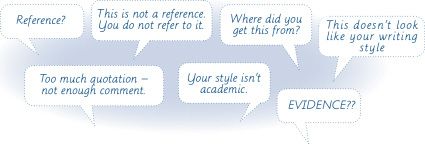
If you have ever had feedback like this on your work and wondered what it means and what you should do about it, then this guide is for you.
Comments like these suggest two things:
 you need to get to grips with referencing
you need to get to grips with referencing
 you are not yet confident about how to draw on other writers and sources in your own writing.
you are not yet confident about how to draw on other writers and sources in your own writing.
This book is designed to show you:
 how to reference, both in your work and in your reference list
how to reference, both in your work and in your reference list
 how to write with confidence: to be able to discuss the work of other writers, and use it to shape the points you want to make in your work
how to write with confidence: to be able to discuss the work of other writers, and use it to shape the points you want to make in your work
 what plagiarism is and how it can happen. It shows you how to develop good study habits and skills so you dont have to worry about plagiarising by accident.
what plagiarism is and how it can happen. It shows you how to develop good study habits and skills so you dont have to worry about plagiarising by accident.
This new edition has been extensively revised and updated with new extracts and examples reflecting changes both in referencing norms and practices and in understanding plagiarism. Technology has introduced a whole new raft of opportunities to develop good study habits with new online resources and reference management tools. It has also created many more choices and dilemmas with the help you can get and more opportunities for poor practice in study. Your work must always be your work!
About this book
The Harvard referencing style is used throughout Parts 14 of the book. Part 5 illustrates the use of four other styles used in particular subject areas.
Part 1: Understanding referencing gives an overview of what referencing is, why it matters and how it is part of the overall task of understanding, researching (and using referencing tools), planning and writing an assignment.
Part 2: Writing and referencing shows you how to use sources in your writing, the language to use when you refer to a source summarising, paraphrasing and more.
Part 3: Understanding plagiarism shows you the steps to take in doing your own work, good practice in getting help, and how some tools can change your work so its not really yours. Test your understanding with the quizzes and learn about Turnitin (Feedback Studio).
Part 4: Referencing: the practicalities starts with answers to frequent questions, and gives examples of how to reference the most frequently used sources, both in your text and how to list it in your reference list.
Part 5: Other referencing styles outlines the use of four other styles used in particular subject areas: Vancouver, MHRA, APA and MLA.

UNDERSTANDING REFERENCING
Part 1 gives an overview of what referencing is, why it matters and how it is part of the overall task of understanding, researching (and using referencing tools), planning and writing an assignment.
Whats different about writing at university?
Next page
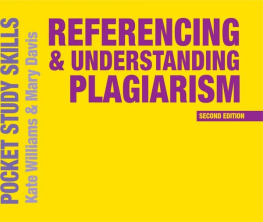
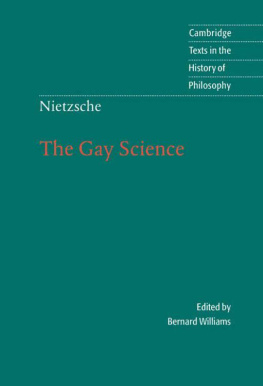


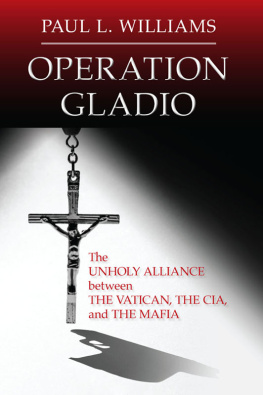
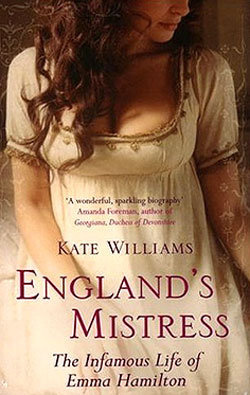
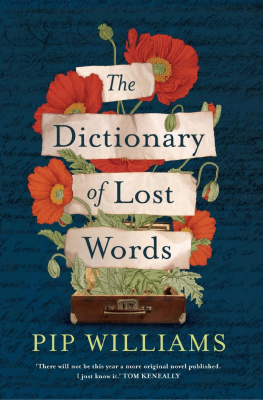




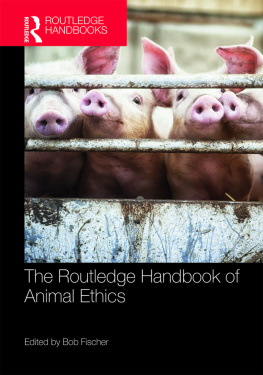
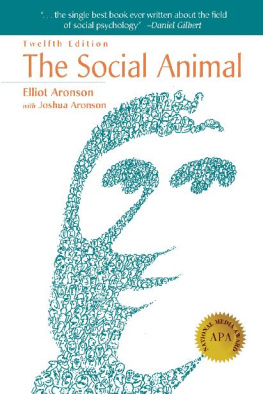
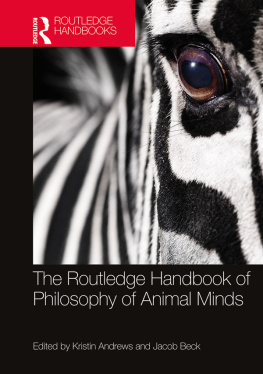


 you need to get to grips with referencing
you need to get to grips with referencing